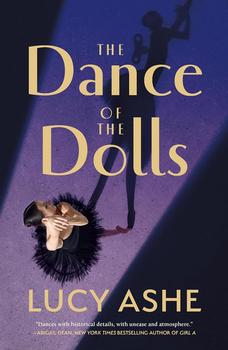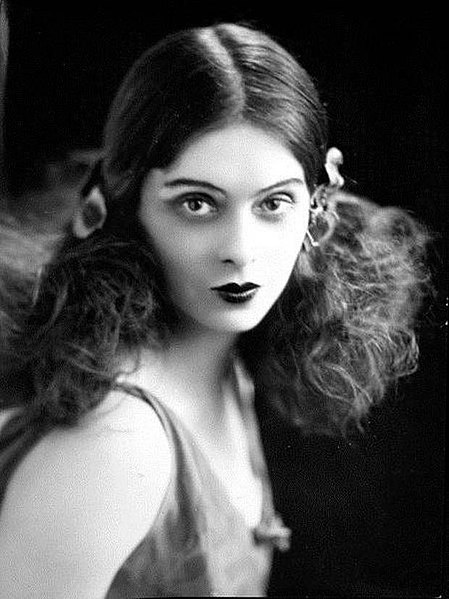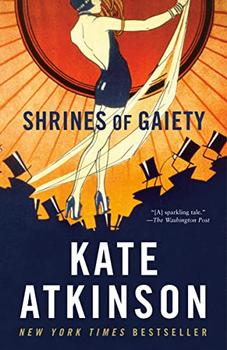Summary | Excerpt | Reading Guide | Reviews | Beyond the book | Read-Alikes | Genres & Themes | Author Bio

A novel about obsessive love featuring two ballet dancers—identical twin sisters Olivia and Clara Marionetta—with a terrifying climax set in the world of ballet in pre-war London.
The Dance of the Dolls tells the story of identical twin ballerinas rehearsing for Coppélia at the recently opened Sadler's Wells Theatre. Superficially, even their differences are complementary: Olivia aspires to be the perfect ballerina while Clara is rebellious and independent. Clara takes up a relationship with the bohemian and passionate Nathan, a pianist at the theater. Meanwhile, Olivia is unaware that she has cast a spell on another frequent visitor to Sadler's Wells: Samuel, a bashful apprentice ballet shoemaker who steals into the building as often as he can to watch her dance.
But as the sisters rehearse, danger lurks. The story of Coppélia and the dancing doll threatens to become a dark and sinister reality. Olivia becomes jealous of Nathan's adoration of Clara, while Clara discovers that being adored can feel suffocating. Samuel dreams of being recognized by Olivia and wonders how far he would go to achieve his goal, while Nathan, a musical child prodigy, struggles to adapt to adulthood and begins to blur the lines between reality and his dark fantasy world ...
Much of the story occurs in a tight space of time — though the book itself stretches through several months, the action on the page concentrates on the same performances, the same parties, and even the same conversations between characters' chapters. This makes it somewhat confusing to follow the plot, as the thread becomes tangled and readers see the same situations playing out repeatedly. Regardless of any confusion brought on by multiple narrators, each point-of-view character is more than strong enough to hold their own. In fact, there are other characters whose points of view are not explicitly written — including some borrowed from history to outfit the novel — but whose presences are so compelling that Ashe could certainly write more from their perspectives...continued
Full Review
 (772 words)
(772 words)
(Reviewed by Maria Katsulos).
 Lucy Ashe's The Dance of the Dolls is populated by historical figures whose presence in the fictional narrative enmeshes the story within the real history of British ballet. Long associated with the royal courts of France and Italy in the 15th and 16th centuries, the art form only became established in Britain in the early 20th century. Ballet in Britain was influenced not only by French and Italian styles but also greatly impacted by Russian ballet and dancers fleeing the Revolution and Soviet Union. For example, in Ashe's novel, main character Olivia notes the importance of Nicholas Sergeyev, former choreographer for the Imperial Ballet in Russia. Sergeyev successfully smuggled notated sections of over 20 ballets out of Russia, ...
Lucy Ashe's The Dance of the Dolls is populated by historical figures whose presence in the fictional narrative enmeshes the story within the real history of British ballet. Long associated with the royal courts of France and Italy in the 15th and 16th centuries, the art form only became established in Britain in the early 20th century. Ballet in Britain was influenced not only by French and Italian styles but also greatly impacted by Russian ballet and dancers fleeing the Revolution and Soviet Union. For example, in Ashe's novel, main character Olivia notes the importance of Nicholas Sergeyev, former choreographer for the Imperial Ballet in Russia. Sergeyev successfully smuggled notated sections of over 20 ballets out of Russia, ...

If you liked The Dance of the Dolls, try these:

by Juhea Kim
Published 2024
A once-famous ballerina faces a final choice—to return to the world of Russian dance that nearly broke her, or to walk away forever—in this incandescent novel of redemption and love.

by Kate Atkinson
Published 2023
The #1 national bestselling, award-winning author of Life after Life transports us to a restless London in the wake of the Great War--a city fizzing with money, glamour, and corruption--in this spellbinding tale of seduction and betrayal
When a true genius appears in the world, you may know him by this sign...
Click Here to find out who said this, as well as discovering other famous literary quotes!